PJ Caposey on School Funding and Superintendent Shortages

When PJ Caposey talks about public education, he doesn’t pull punches. As the superintendent of both Oregon 220 and Meridian 223 school districts in Illinois, PJ has seen firsthand how school funding, staffing, and long-term sustainability intersect—and sometimes clash. In his return to the Learning Can’t Wait podcast, PJ sits down with host Hayley Spira-Bauer for a fast-paced, wide-ranging conversation that digs into the realities of today’s education system.
And yes, they even talk about Bitcoin mining under a school.
As districts grapple with unsustainable funding models and looming staffing shortages, it’s more important than ever to have flexible solutions for maintaining high-quality instruction—no matter the budget climate. If your school or district is struggling to fill teaching positions or needs support navigating these challenging times, Fullmind can help. Our virtual staffing services connect you with state-certified, online-trained K–12 educators who provide live, synchronous instruction, helping you bridge gaps, support students, and stay resilient through financial uncertainty. Learn more about how Fullmind can become part of your district’s strategic plan for the future.
The Unsustainable Mathematics of School Funding
"We're in really bad shape in Illinois, and I don't feel like enough people are talking about it," Caposey warned early in the conversation. He compared the current funding situation to the housing bubble that eventually imploded in the early 2000s—a troubling parallel that suggests systemic issues rather than temporary challenges.
Illinois schools, like many across the country, are heavily dependent on property taxes. In fact, Caposey notes that Illinois is "among, if not the most property tax dependent state on school funding." This dependency creates a precarious situation where school budgets are tied directly to property values—and while that might sound beneficial during periods of growth, it creates significant vulnerabilities.
"In my district currently, we've had about a 32% EAV rise over five years, which is crazy to think about that we're getting a third more money from our primary revenue source," Caposey explained, referring to the Equalized Assessed Valuation (EAV) that determines property tax funding. "But teachers' salaries have gone up 36% in the same time. Support staff has gone up 42%, and insurance has gone up 30%. So actually, we're in a worse position despite the best financial conditions we have ever had."
This mathematical reality creates an unsustainable trajectory: expenses are outpacing revenue growth, even during an unprecedented rise in property values. When that growth inevitably slows or reverses, schools will face difficult choices.
The Looming Funding Cliff
While federal education funding represents a relatively small percentage of most districts' budgets—around 5% for Caposey's districts—these funds often support the most vulnerable student populations. Title programs for disadvantaged students, IDEA funding for special education, and grants for multilingual learners all flow from the federal level.
Any reduction in these funds disproportionately impacts these vulnerable populations, forcing districts to make challenging decisions about resource allocation.
"It's usually our most traditionally underserved kids that are most impacted by federal dollars. And so not serving those kids isn't really a choice," Caposey points out. "If the federal dollars go away, then it's just going to be supplanted by the local dollars, which means that there's going to be a shortfall somewhere else."
Adding to this pressure is the phase-out of Elementary and Secondary School Emergency Relief (ESSER) funds—pandemic-era federal support that temporarily bolstered district budgets but is now disappearing. As these funds evaporate, many districts face what educators are calling a "fiscal cliff," where programs, staff positions, and services sustained by temporary funding become unsustainable.
Two Approaches to ESSER Funding
Caposey's dual superintendency offers a fascinating case study in contrasting approaches to temporary funding. His two districts handled ESSER funds in dramatically different ways:
"In the district in Oregon where I'm sitting right now, they essentially banked every ESSER dollar they could use. They paid existing things off... which has given us the runway. So now if things get bad, the four or five years that got bought was essentially bought with ESSER dollars."
Meanwhile, in Meridian, the district took a more proactive approach: "We attacked things. We went after things... the thing that probably has had the greatest ROI is that we added actual human counselors. It decreased our referrals and increased our retention. So everything has gone better with the actual human support."
Both approaches offer lessons for district leaders. The conservative approach creates a financial buffer against future shortfalls, while the investment approach aims to address immediate student needs with the hope that effective programs demonstrate enough value to justify continued funding.
Measuring What Matters: ROI in Education
One of the most insightful aspects of Caposey's approach is his emphasis on measuring return on investment (ROI) for educational expenditures—a concept that remains surprisingly uncommon in public education.
"One of the things that we do in our district intentionally is when we purchase something, we say, 'This is how we're going to measure effectiveness of it,' as opposed to just being like, 'Yeah, we're just going to add stuff and maybe it'll work,'" Caposey explained. "No other business works that way. So in schools, we often forgive ourselves the responsibility of measuring return on investment."
This approach extends beyond traditional academic metrics. For a 24/7 online tutoring service the district implemented, Caposey's ROI measure was refreshingly straightforward: "What I actually said with ROI is we will know at the end of this contract if we are to extinguish the contract and people revolt, it worked. And if we are going to extinguish the contract and nobody cares, it didn't work."
The Silent Crisis: A Superintendent Shortage
While teacher shortages dominate headlines, Caposey highlights another staffing crisis that receives far less attention: a growing superintendent shortage that threatens to leave districts without experienced leadership precisely when they need it most.
"Superintendent shortage is dramatically under-reported on right now," Caposey observed. "I just did some consulting for a county that had three open superintendencies and had one applicant for all three. Just did some work for another district who historically is a very high performing district... and they had three applicants."
This shortage creates a supply-and-demand dynamic that Caposey predicts will drive superintendent salaries higher—even as districts face budget challenges requiring staff reductions and program cuts. The optics of this situation, particularly in small communities where superintendent salaries are highly visible, creates additional tensions.
"When this bubble bursts and you have to lay off your friends and make tough decisions, even less people are going to want the job," Caposey notes. "My projection is what's going to happen is superintendent salaries are going to escalate quickly while we're also reducing staff, and people aren't going to be able to wrap their brains around it."
The Rural Education Crisis
Looking toward the future, Caposey sees particular challenges for small-town and rural education systems. Districts heavily dependent on residential property taxes, with fewer commercial properties to stabilize the tax base, face greater vulnerability to economic downturns.
"I think rural small-town education in the next decade, particularly in property tax-dependent states, it is going to be rough," Caposey predicts.
This creates a potential scenario where already-existing educational disparities between affluent suburbs and rural communities could widen. As financial pressures grow, high-quality administrators may increasingly gravitate toward suburban districts with more stable funding, while rural districts struggle to attract and retain leadership talent.
The Fundamental Misconception About School Funding
Perhaps the most important insight from Caposey's interview addresses what he sees as the fundamental public misconception about school funding: the idea that districts can somehow provide more services without additional resources.
"Public schools run on tax, and whether that's tax that comes to the state and flows back down or that's local property tax... we can't say we need to do more without somehow having more, which means more tax," Caposey explains. "People are literally running for school board all over the place on 'more programs, less taxes.'"
This contradiction—demanding more educational services while opposing the funding mechanisms that support them—creates an impossible situation for district leaders trying to balance budgets while meeting community expectations.
Caposey also highlights another counterintuitive reality of school funding: "We are one of the few industries that our level of success does not influence our level of revenue. Now, if you are in a voucher state or a state where the money follows the kid, then sure, maybe it does. But in Illinois... quite literally, the worse you perform, the more money you get because then additional money flows to you to provide support."
Preparing for an Uncertain Future
For district leaders facing these complex challenges, Caposey emphasizes the importance of strategic planning and clear communication with school boards and communities.
"What I'm challenging my board to do is we have to have a strategy," he explains. "The good news is that both of my districts, we've worked really hard to be fiscally responsible and we've got a lot of money in the bank."
This financial cushion—what Caposey calls a "runway"—provides time to make thoughtful decisions rather than reacting to immediate crises. But eventually, difficult choices will be necessary.
"There's really two ways that solve this. One is we do less for kids, we reduce programming, and we reduce staff, or we increase taxes. Those are really our two sustainable ways out of the problem that's emerging. And nobody likes either one of those two options."
Lessons for Educational Leaders
From Caposey's insights, several key lessons emerge for educational leaders navigating today's financial challenges:
- Measure ROI intentionally: Establish clear metrics for measuring the effectiveness of programs and expenditures before implementation.
- Create financial buffers when possible: Building reserves creates flexibility and time for strategic decision-making during downturns.
- Protect vulnerable populations: When cuts become necessary, prioritize maintaining services for traditionally underserved students.
- Communicate financial realities: Help boards and communities understand the fundamental math of school funding—that additional services require additional resources.
- Prepare for leadership transitions: With superintendent shortages growing, succession planning becomes increasingly important.
The Path Forward
As federal, state, and local funding dynamics evolve, the coming years will require unprecedented adaptability from school leaders. Districts that have engaged in strategic planning, built financial reserves, and clearly communicated with their communities will be best positioned to weather the challenges ahead.
For parents, community members, and education advocates, understanding the fundamental economics of school funding becomes increasingly important. Supporting sustainable funding mechanisms—even when they involve difficult conversations about taxes—represents an investment in educational stability and quality.
The financial challenges facing public education don't have simple solutions, but with thoughtful leadership like Caposey's, districts can navigate these turbulent waters while continuing to prioritize student needs. As Caposey reminds us, the bottom line is the bottom line—and acknowledging that reality is the first step toward meaningful conversations about educational priorities and funding.
For Education Leaders
Get proven strategies and expert analysis from the host of the Learning Can't Wait podcast, delivered straight to your inbox.
Let’s Work Together
We’ll review your application and get in touch!




.webp)

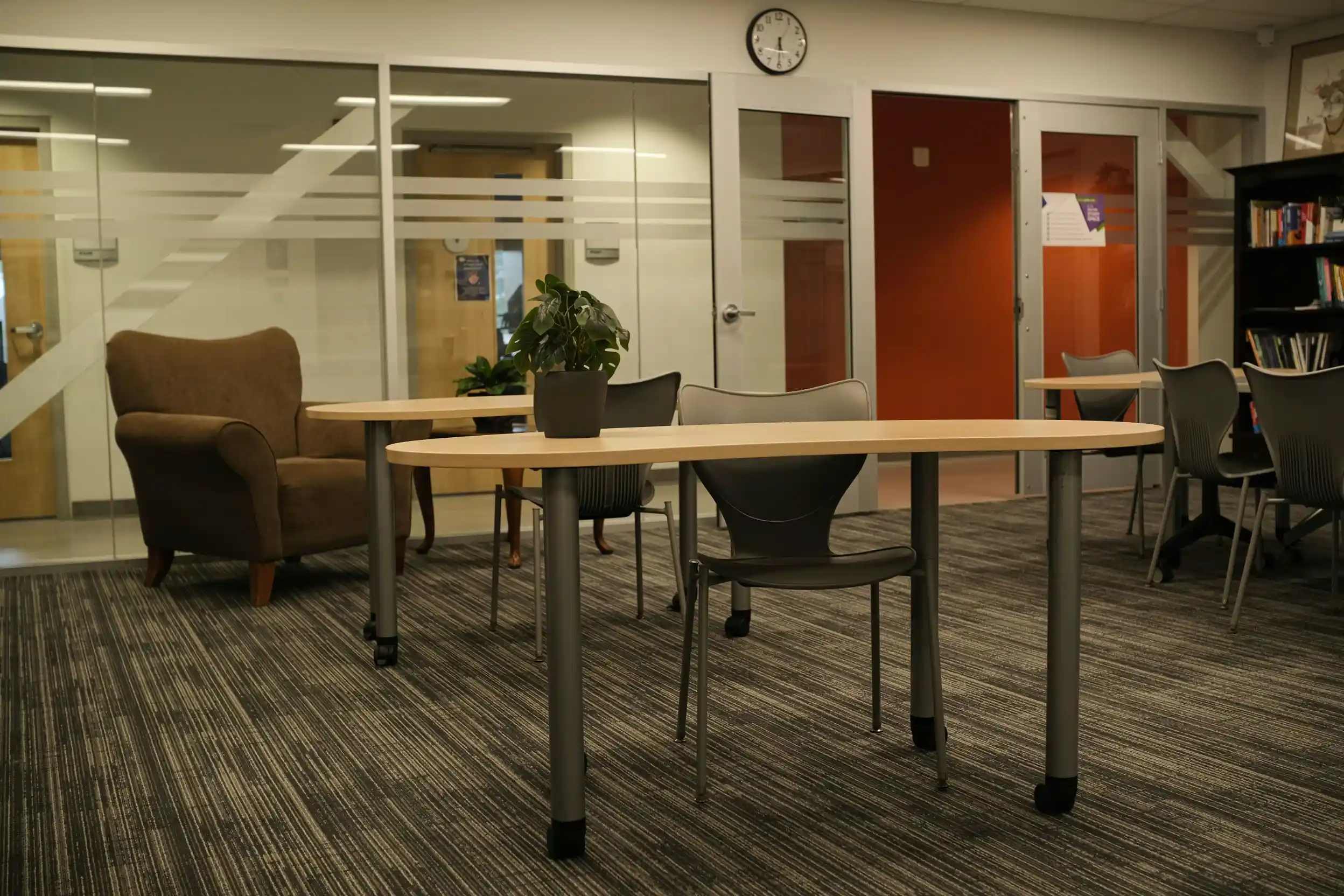
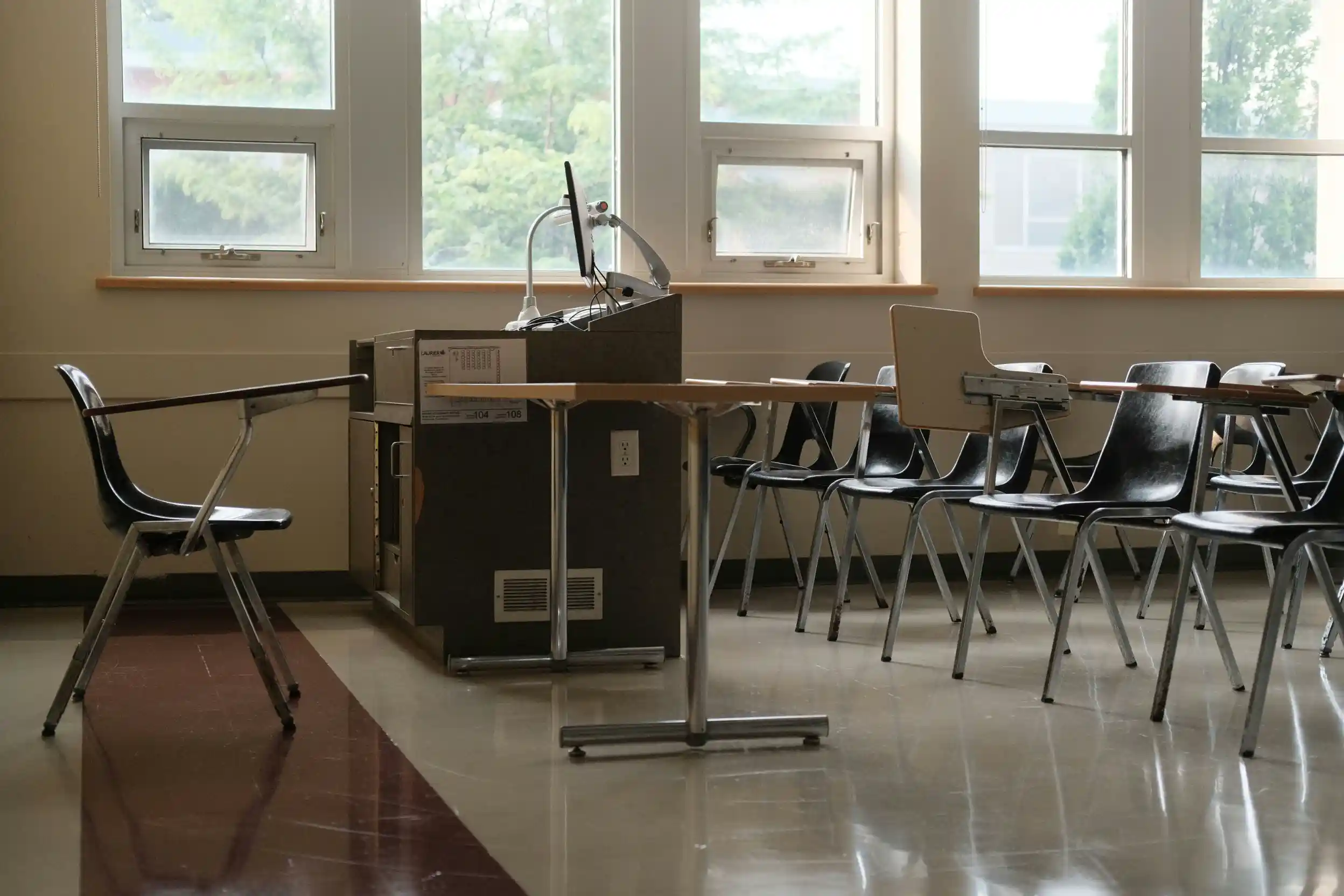

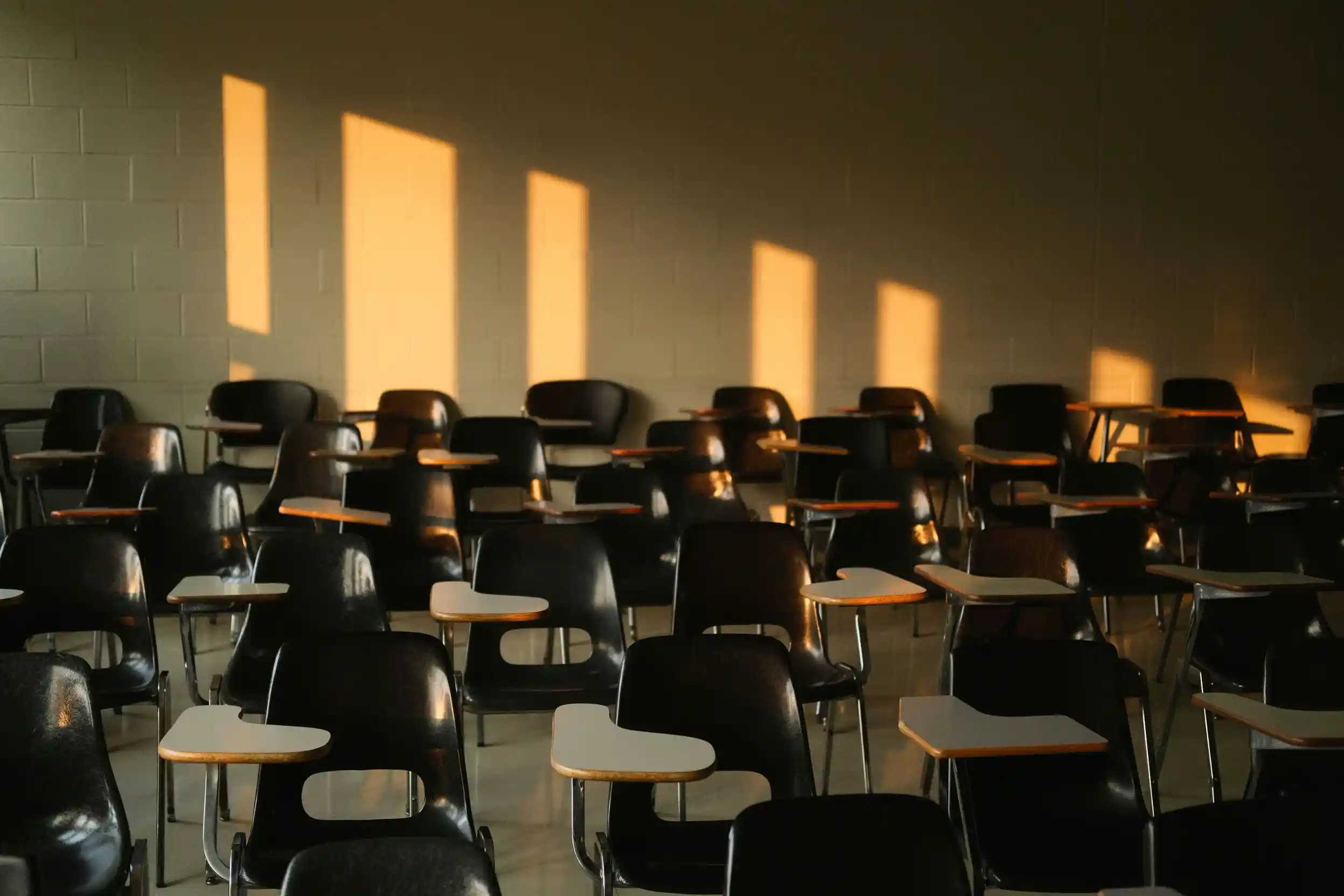
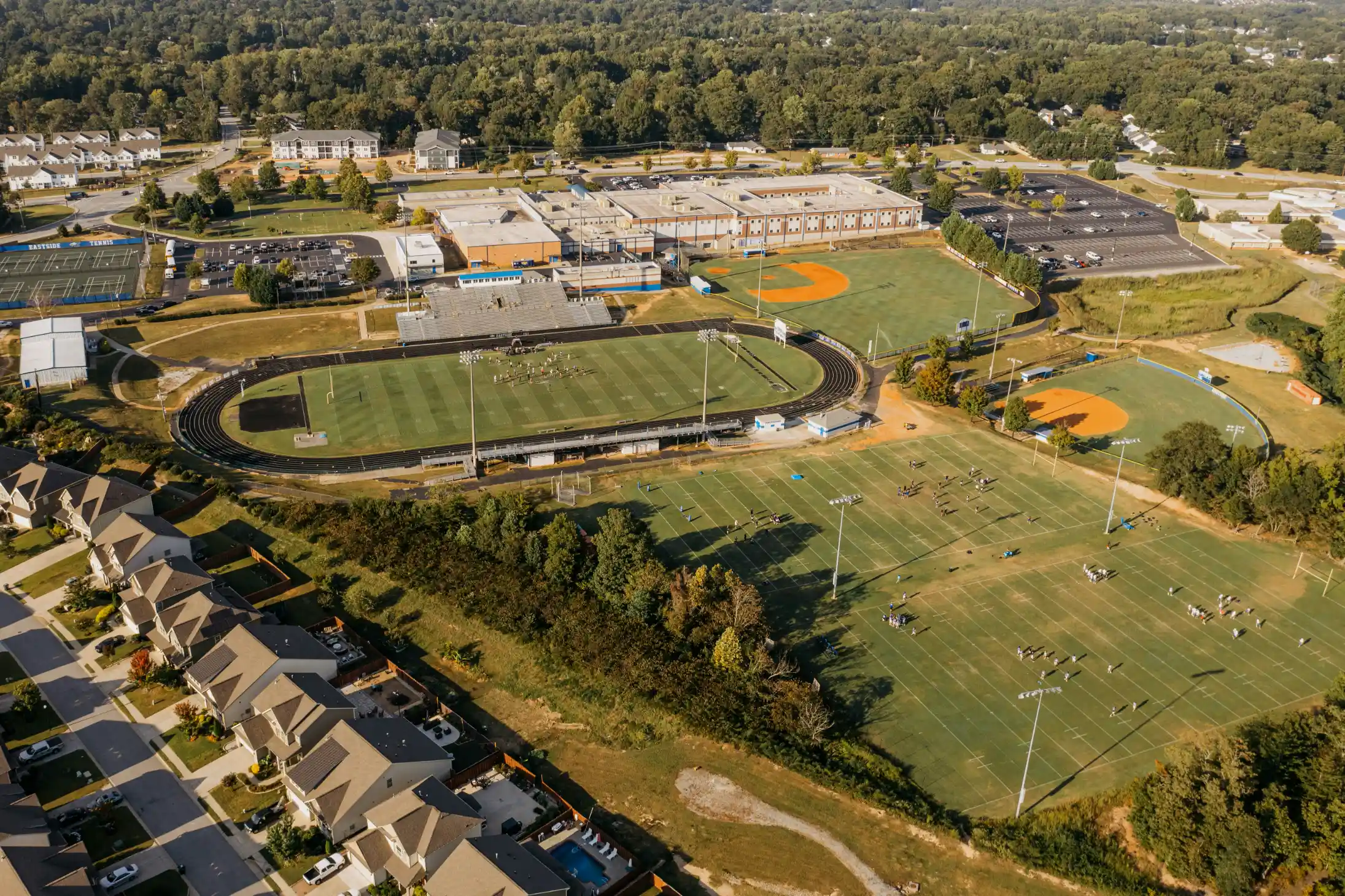







.webp)





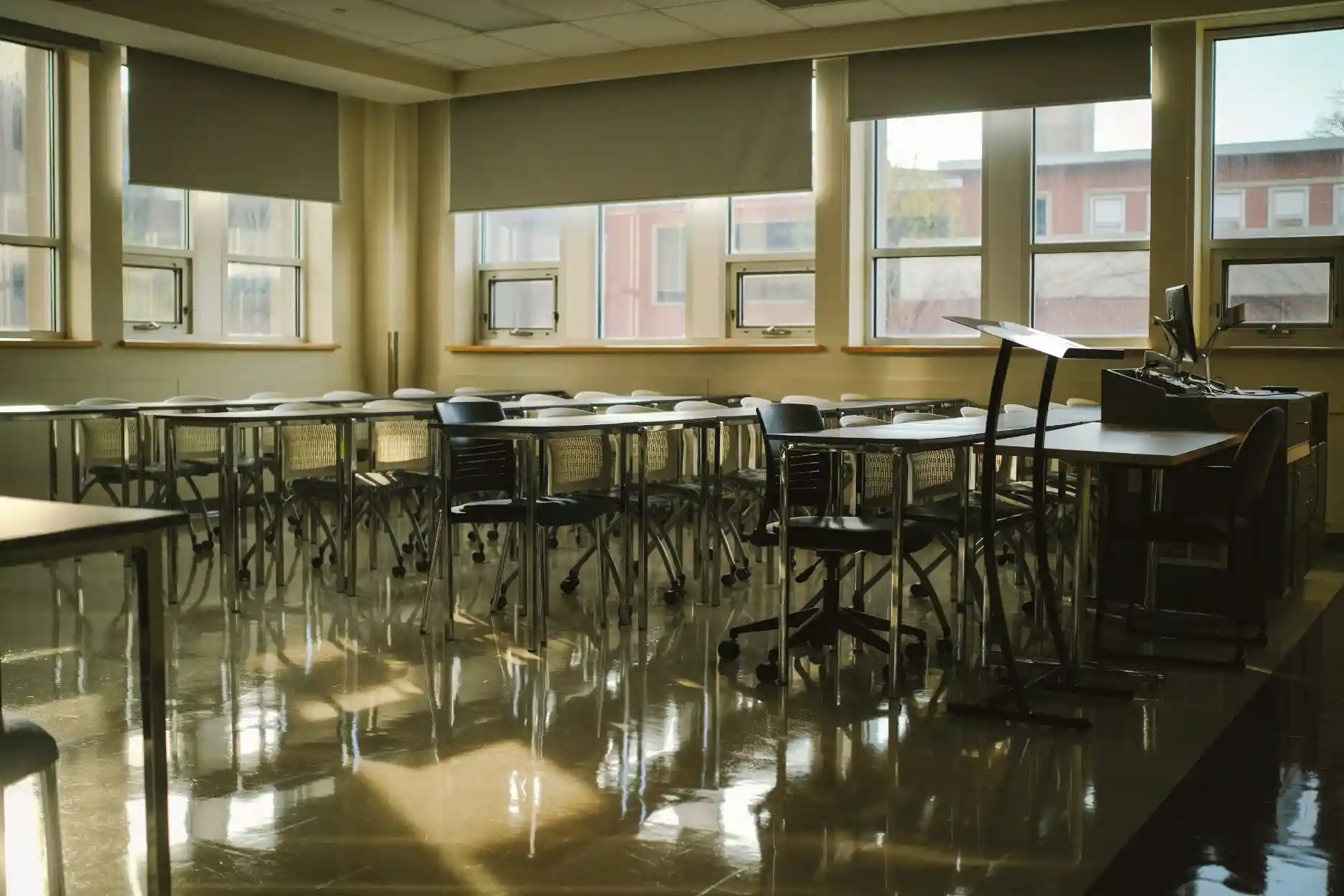



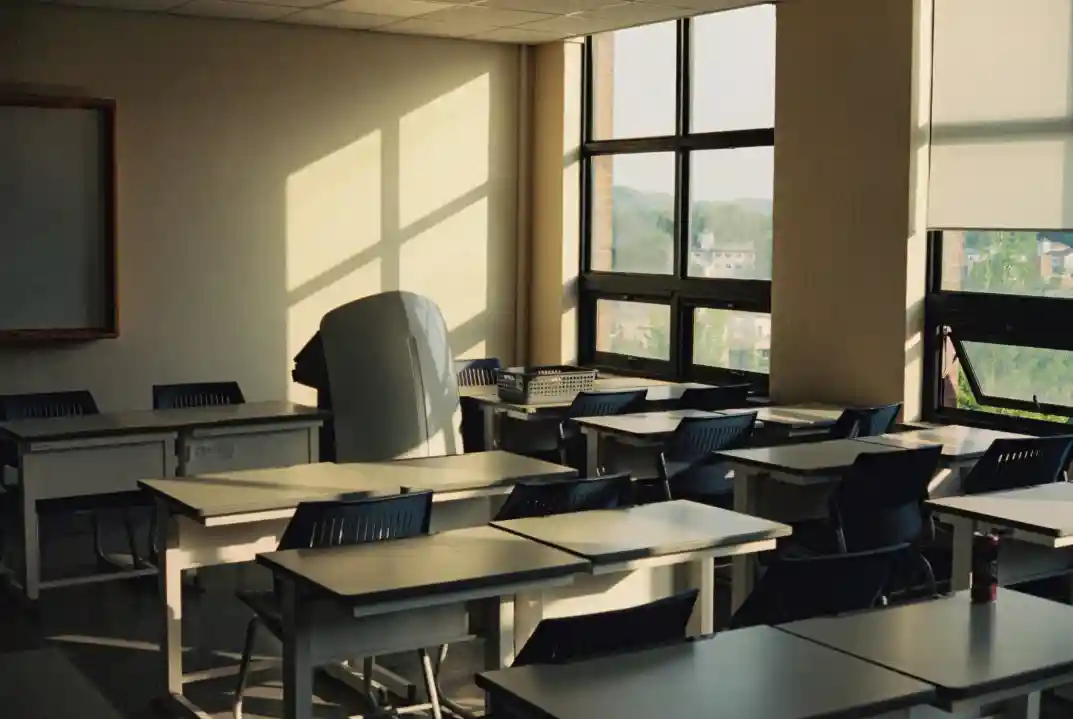


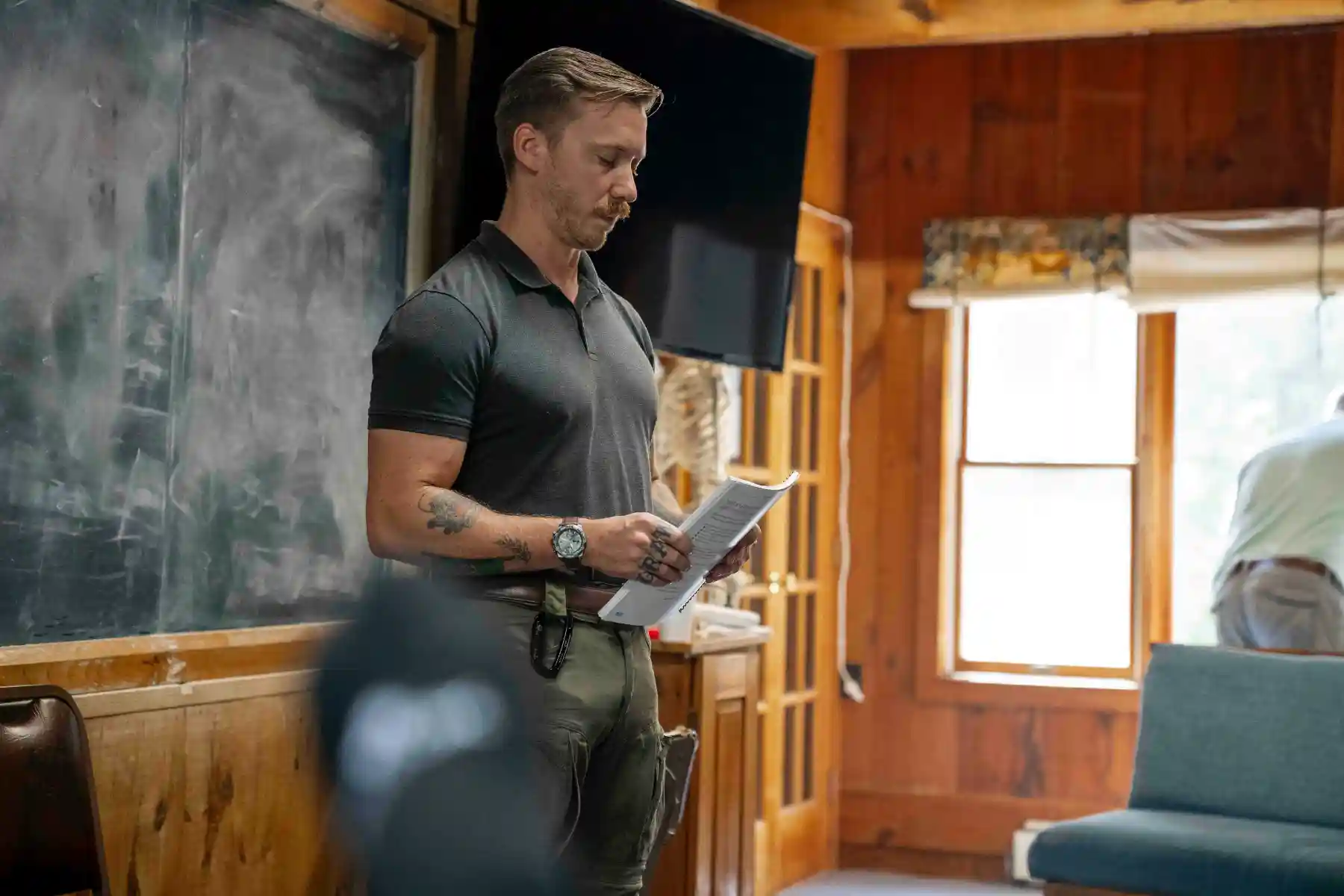


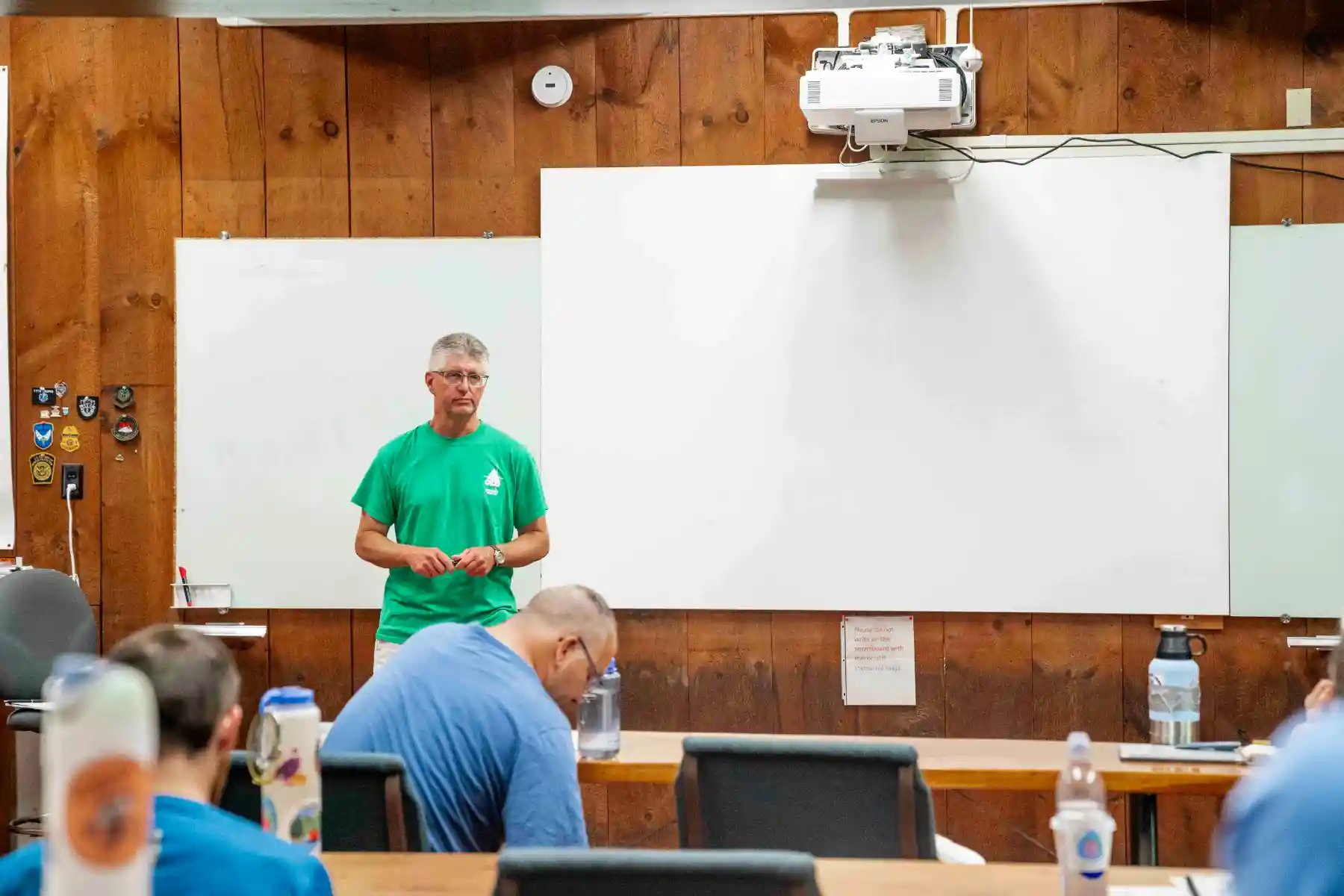


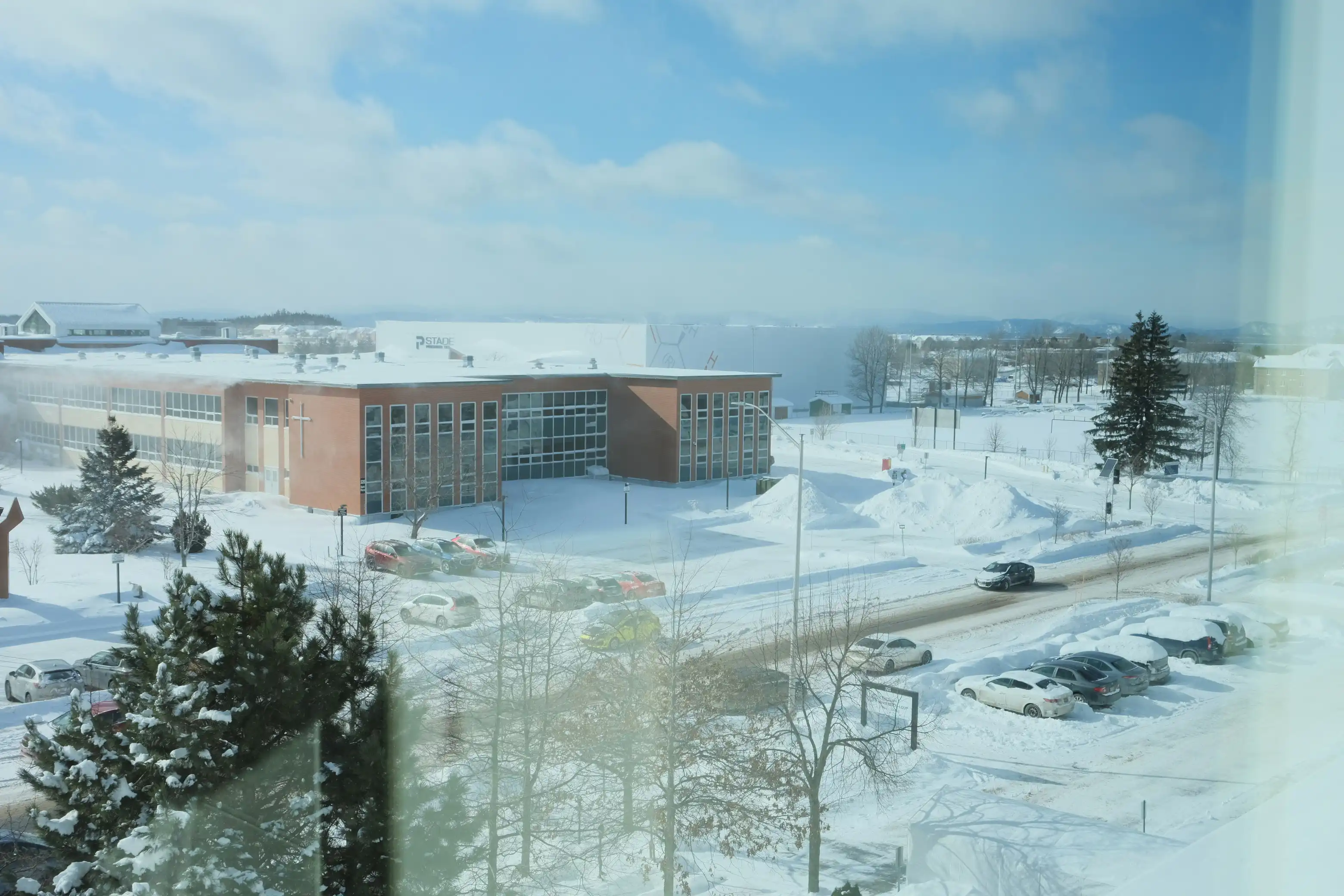

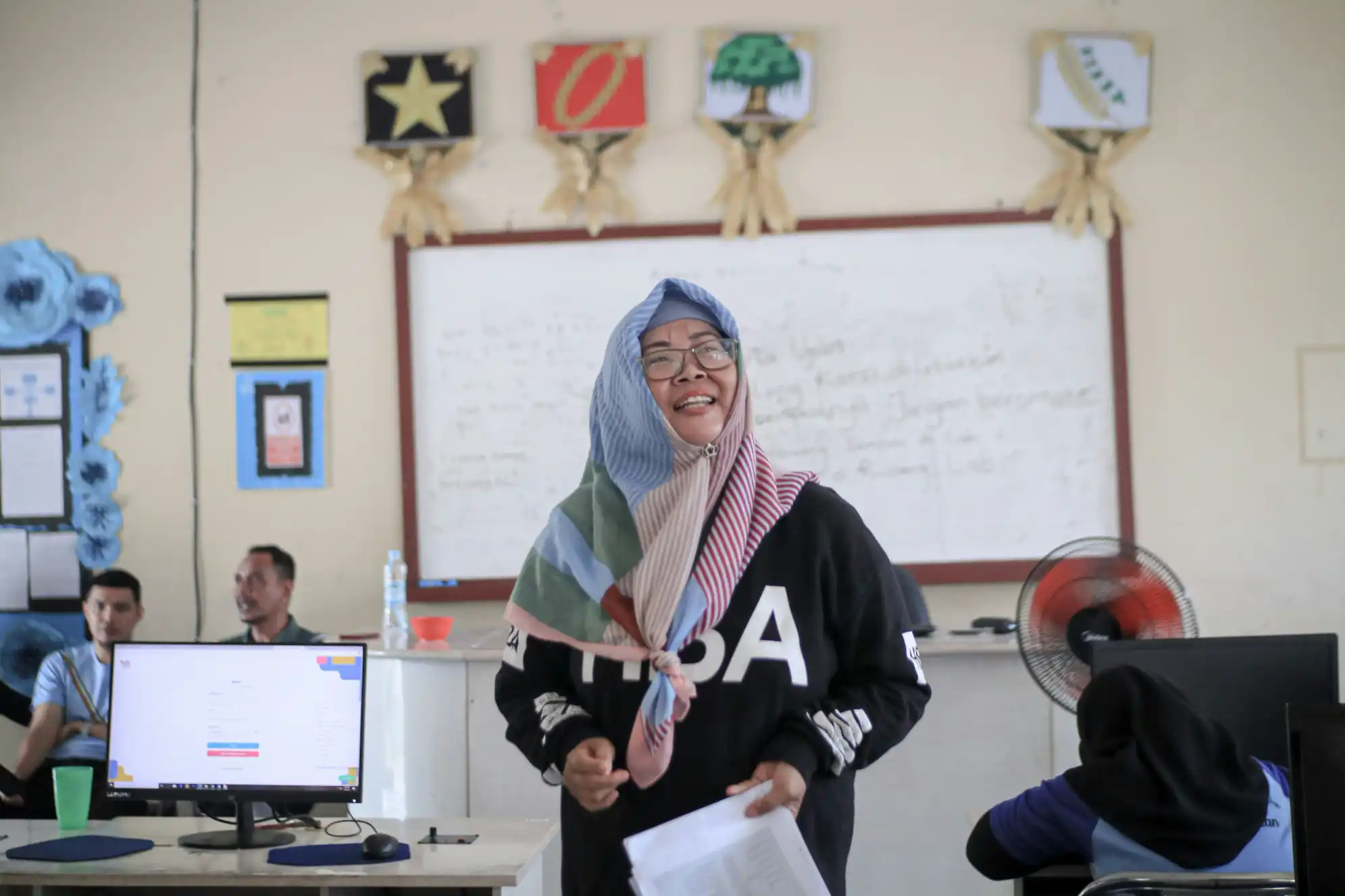

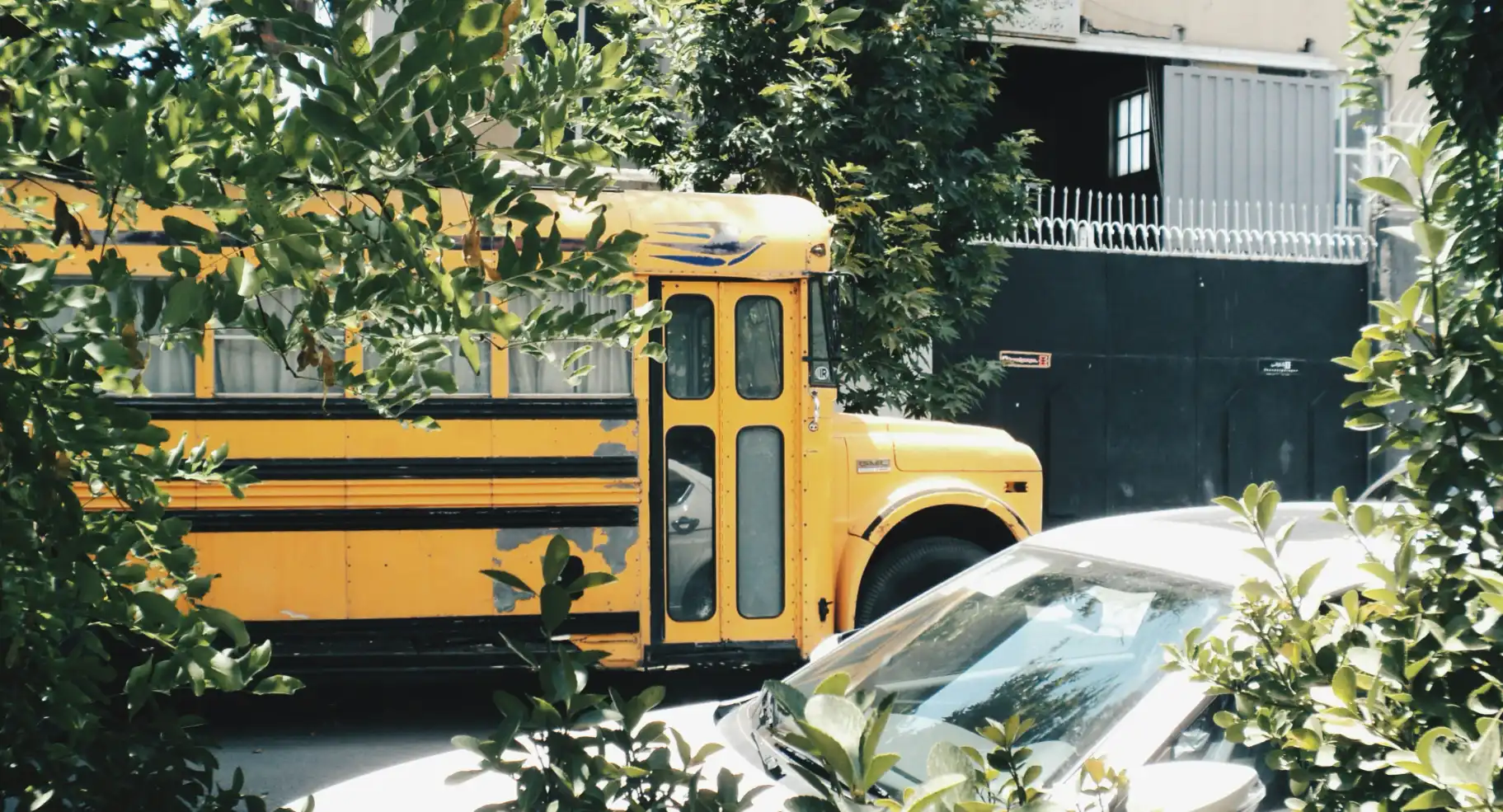



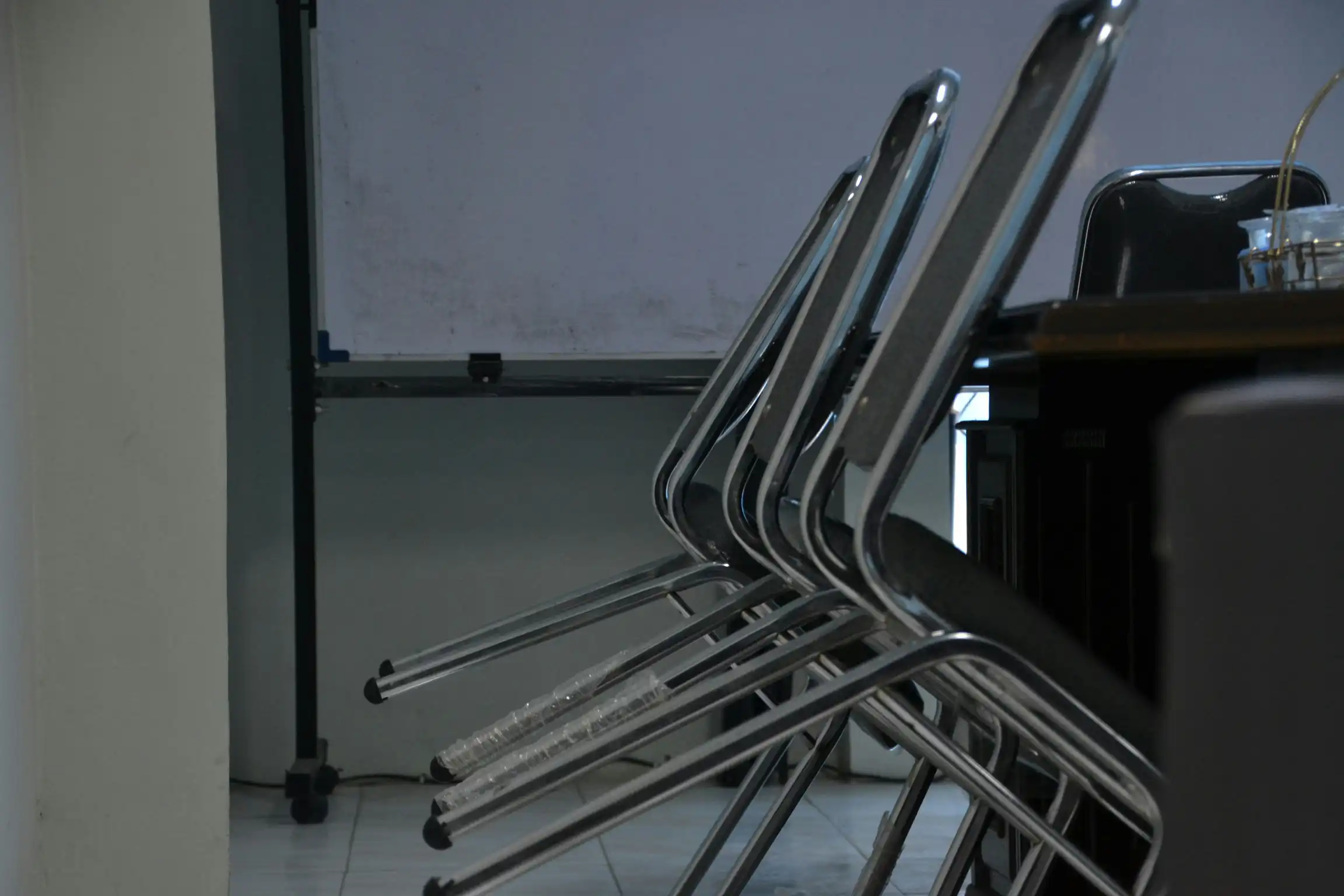
.webp)



%20.webp)


















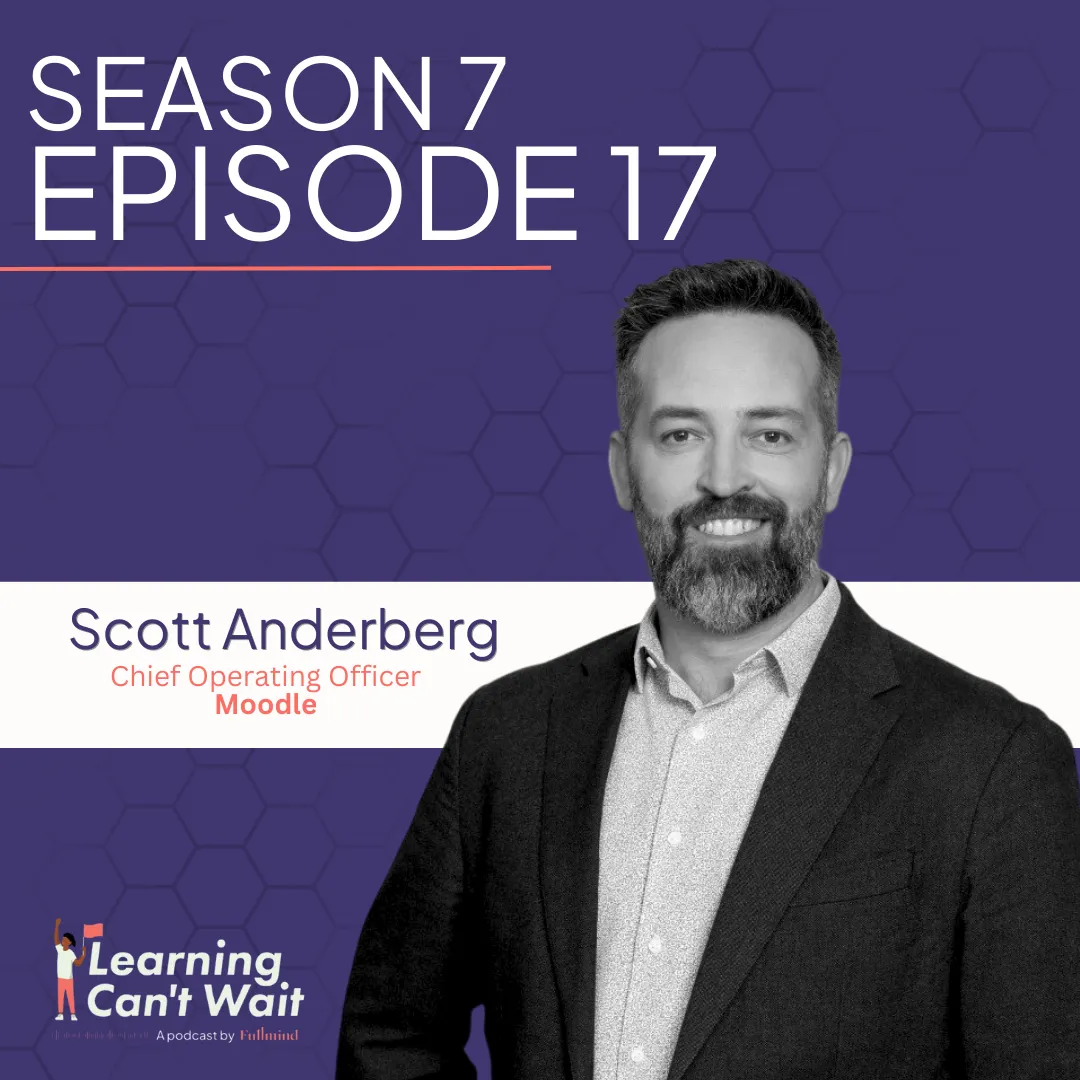

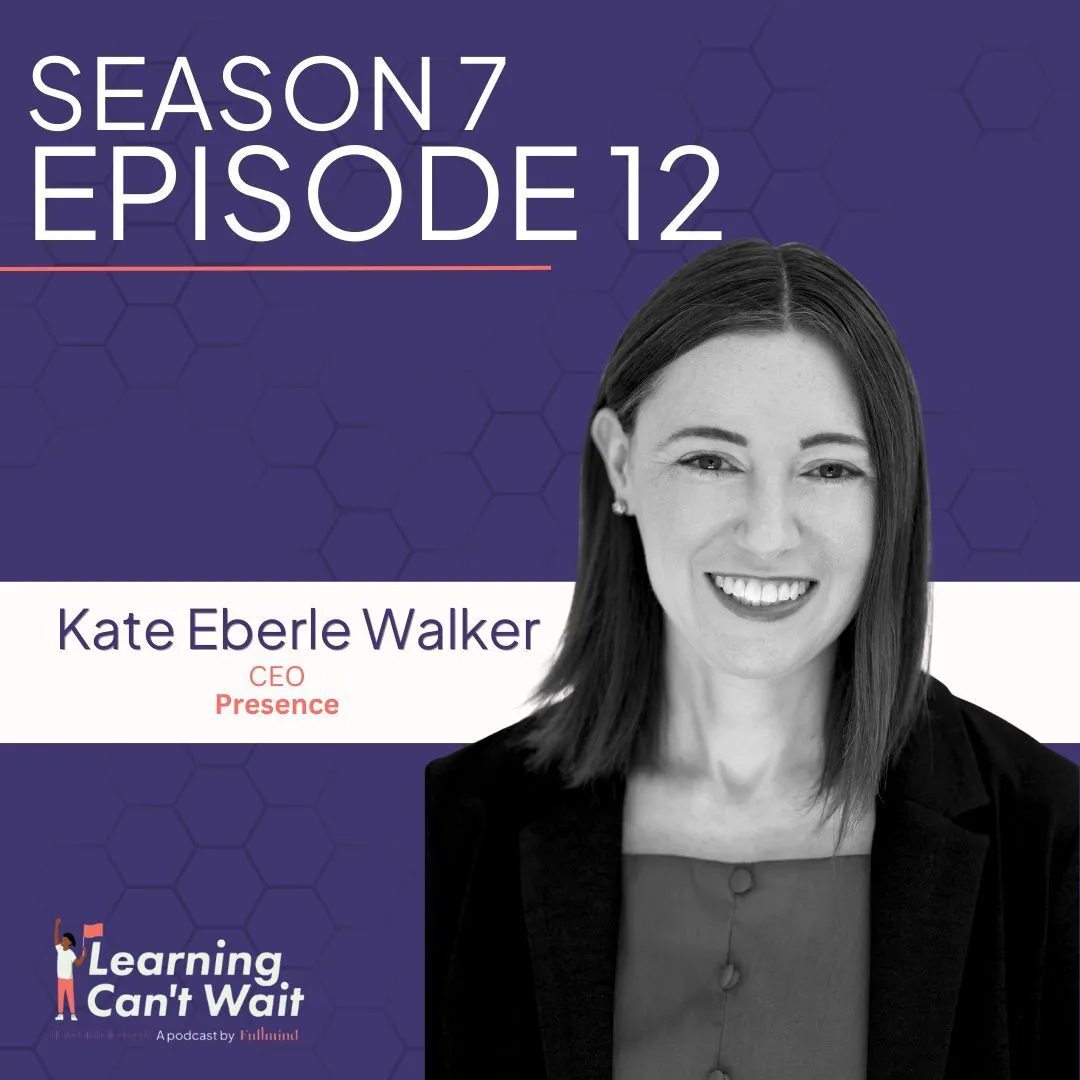








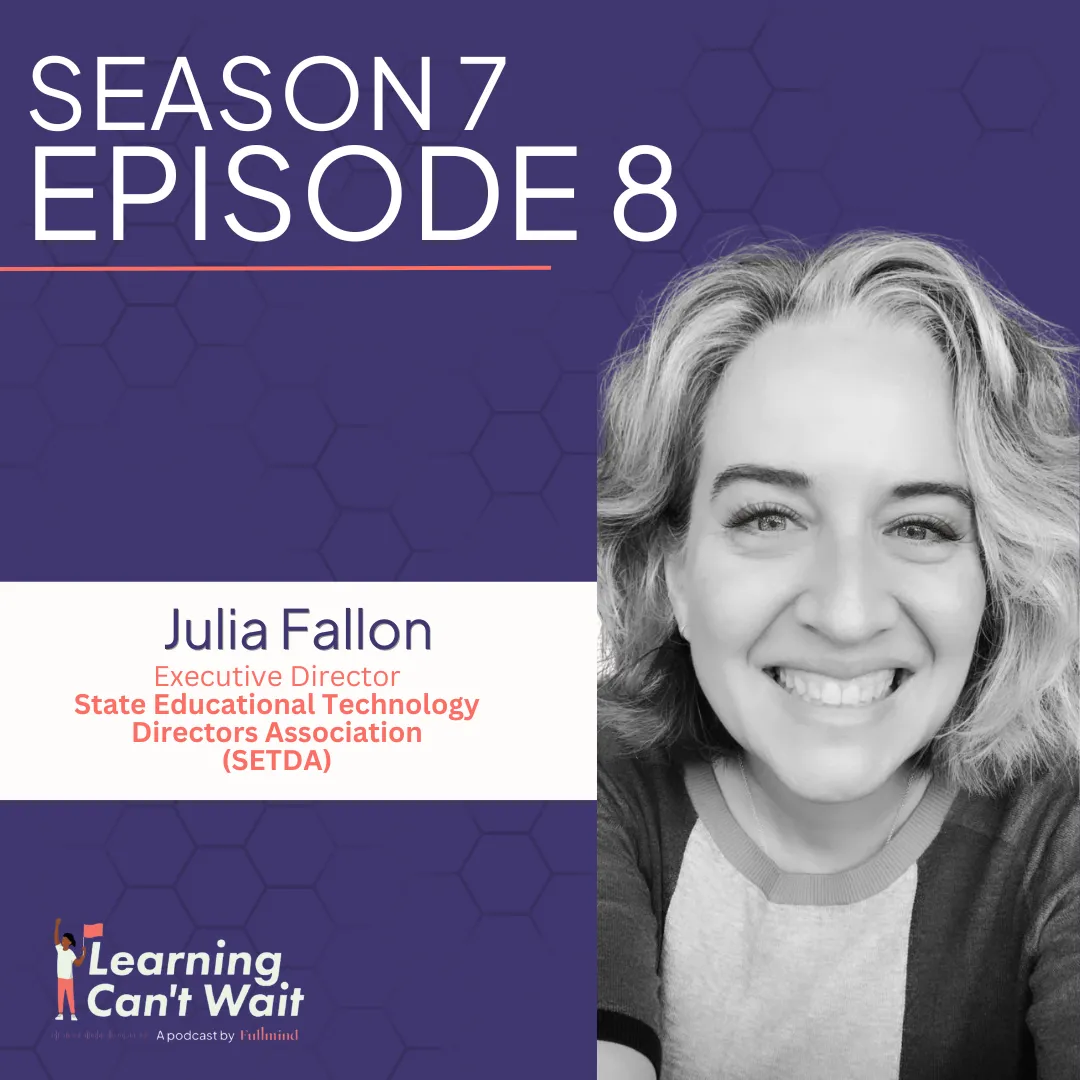




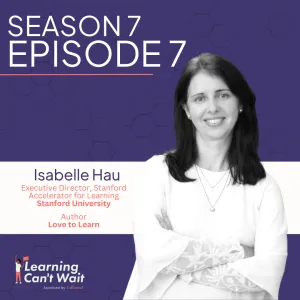

.webp)
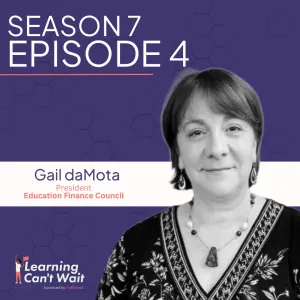

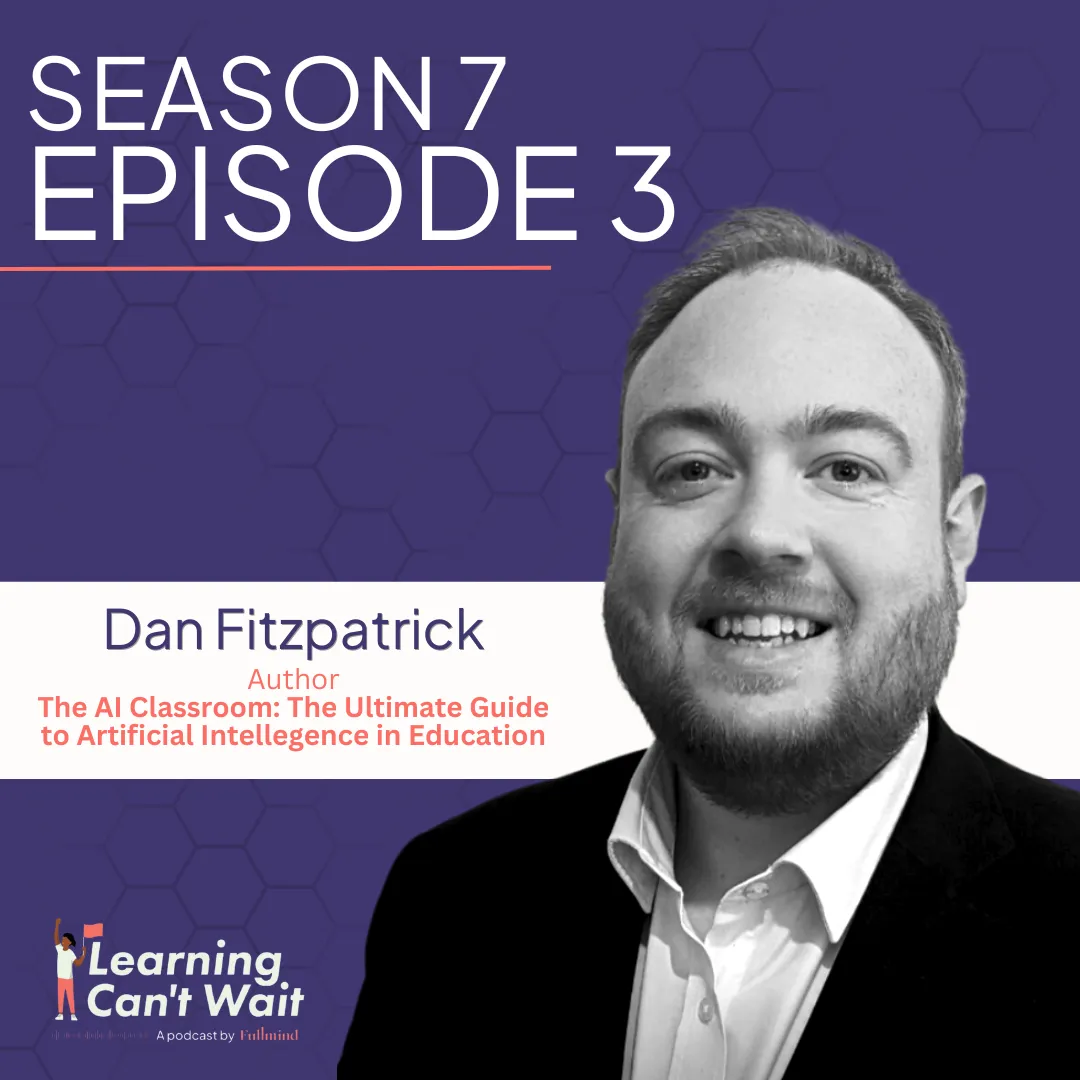

.webp)


.webp)


.webp)
